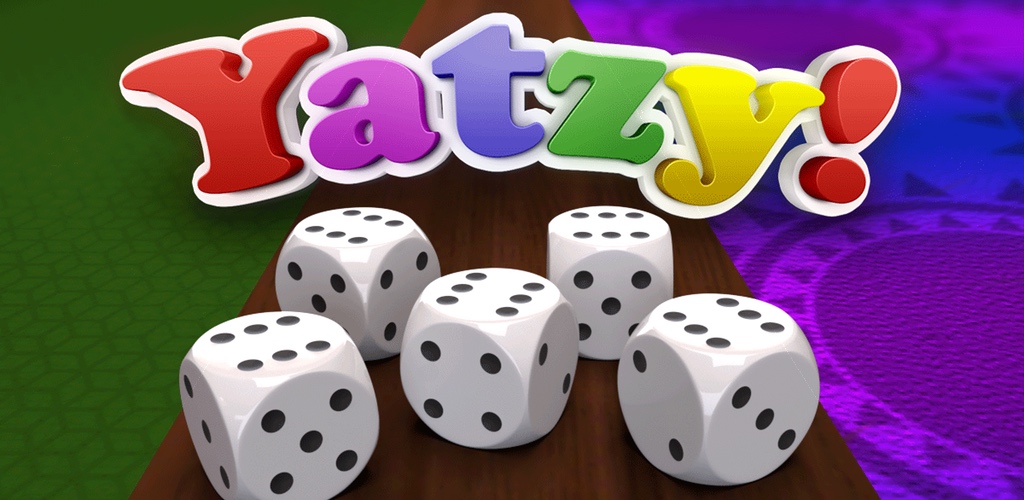


This leads to a sharp clash, where both players fight for piece activity and central control, with White sometimes offering a gambit pawn. In the fighting versions of the Italian Game, White usually plays 4 c3, intending to follow up with d4, even if Black has one more piece attacking that square than White does. Evidently the moves 4 d3, 4 0-0 and 4 Nc3 do nothing to fight for control of d4, which is left as neutral territory until later in the game. It is true that the opening can be extremely quiet and boring, when played by novices who proceed symmetrically: 1 e4 e5 2 Nf3 Nc6 3 Bc3 Bc5 4 d3 d6 5 Nc3 Nf6 6 0-0 0-0 or 4 Nc3 or 4 0-0, with a similar outcome. The Italian Game is sometimes known as the Giuoco Piano (“quiet game” in Italian), but that is rather a misnomer as it is often not at all quiet. As it is White wants to play d2-d4 to open the position and develop his queen’s bishop. Also note that all of Black’s three moves exert some pressure on the d4-square, which soon becomes the focus of the struggle. In the diagram position, each player has developed two pieces, but White is one move closer than his opponent to castling.
#ITALIAN GAME BOOK DOWNLOAD UPDATE#
Next month’s column will update my Evans Gambit coverage. Previously, I wrote on this opening in The Kibitzer #64-65, and #6970, and on the Evans Gambit in #89-90 (with respect to Chigorin’s use of it). It is a follow-up to the mini-series of November and December last year, in which I re-examined the Two Knights Defence. The Giuoco Piano Revisited This article deals with the Italian Game, which arises from 1 e4 e5 2 Nf3 Nc6 3 Bc4 Bc5.


 0 kommentar(er)
0 kommentar(er)
